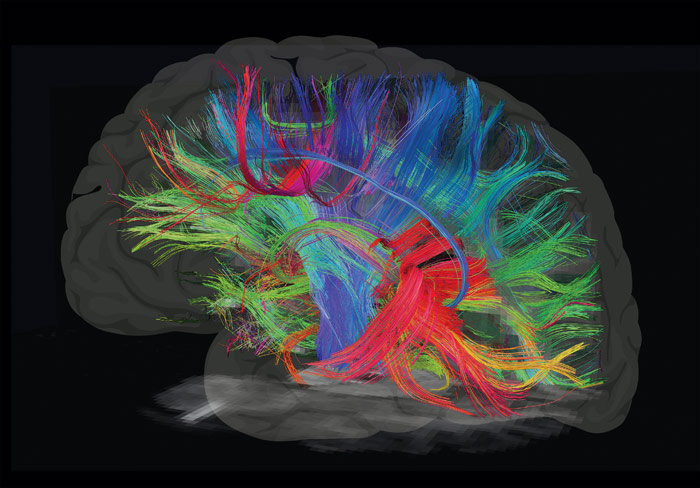A diagnostic test that can detect Parkinson’s disease in the early stages of the illness has moved a step closer.
 There is currently no definitive test for Parkinson's disease,a progressive brain condition caused by the loss of nerve cells. The disease is normally diagnosed through assessment of medical history, a medical examination, and physical and neurological tests, but this can take years.
There is currently no definitive test for Parkinson's disease,a progressive brain condition caused by the loss of nerve cells. The disease is normally diagnosed through assessment of medical history, a medical examination, and physical and neurological tests, but this can take years.
However, a team of researchers at the University of Edinburgh have found that an abnormal protein associated with the illness can be detected in patients' spinal fluid. Experts say that the test needs to be validated with a larger sample group but they are optimistic that it could one day help to improve diagnosis of the disease.
New technology
Researchers made use of a highly sensitive technology that measures the stickiness of proteins. The approach, called real-time quaking induced conversion, can detect tiny differences in the properties of proteins in the brain that can mean the difference between disease or not. While it is early days for the test, the team's results - have been hailed "hugely promising."
Protein clumps
The test detects a protein molecule called alpha-synuclein, which forms sticky clumps called Lewy bodies inside the brain cells of people with Parkinson’s and some types of dementia.
Previous efforts to develop a test for alpha-synuclein have produced inconsistent results because the protein is also found in healthy brains. It is only when the protein clumps together that it causes problems.
Accurate test
In early tests, the technique accurately identified 19 out of 20 samples from patients with Parkinson’s disease, as well as three samples from people considered to be at risk of the condition. There were no false positives in any of the 15 control samples from healthy people.
The technique has already been used to develop an accurate test for Creutzfeldt Jacob Disease, another neurodegenerative condition and it is hoped that with further refinement the approach will help to improve diagnosis for Parkinson’s patients.
The study was funded by the Chief Scientists Office, Government of Scotland, and The Michael J. Fox Foundation for Parkinson’s Research. It is published in the journal Annals of Clinical and Translational Neurology.
Associated with the nervous system and the brain.
Full medical glossary

